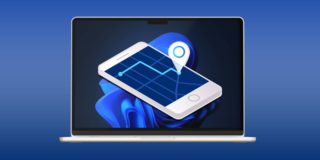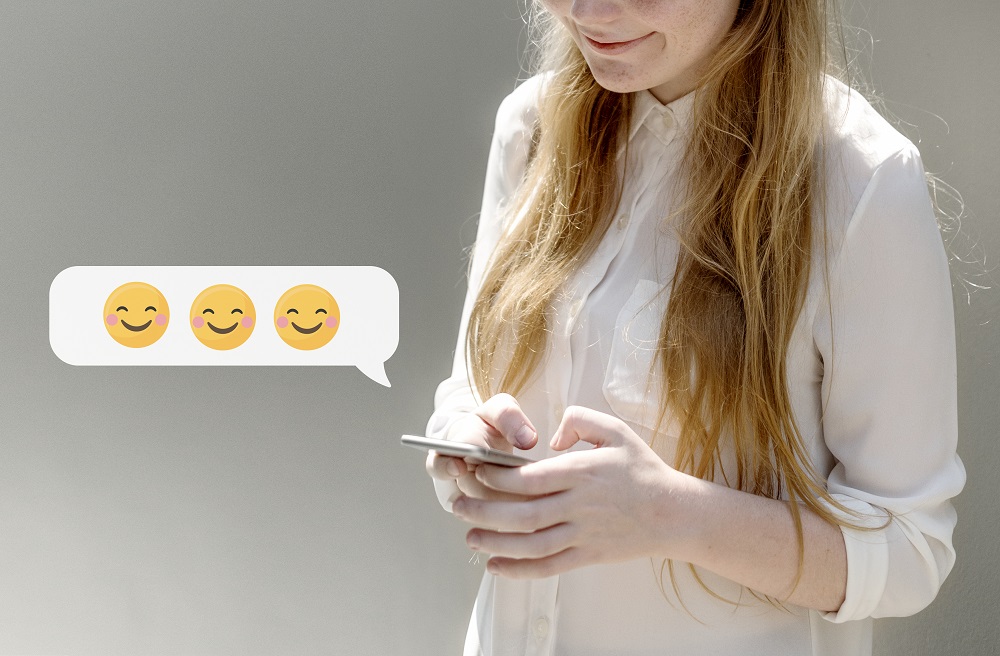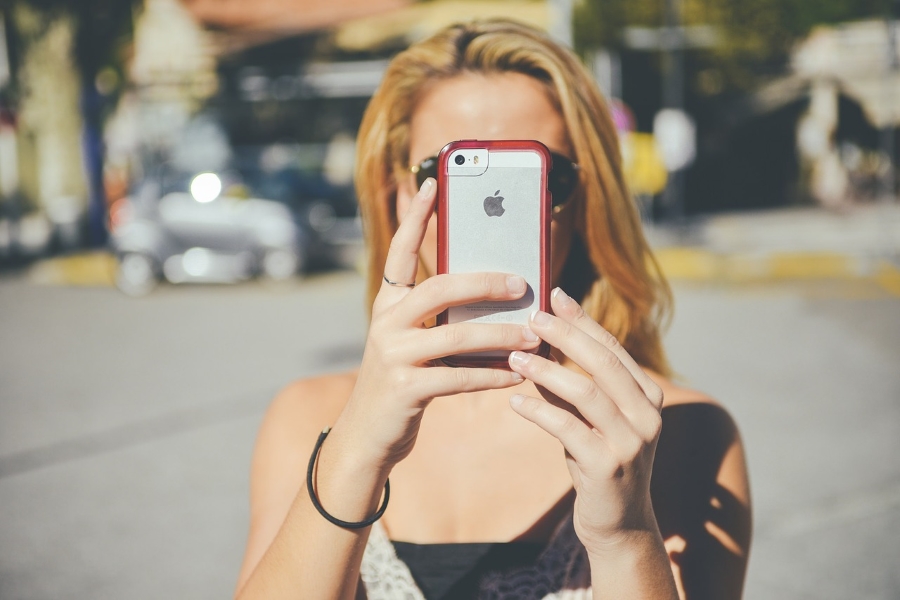Is the iPhone 8 the Same Size as the iPhone 7?
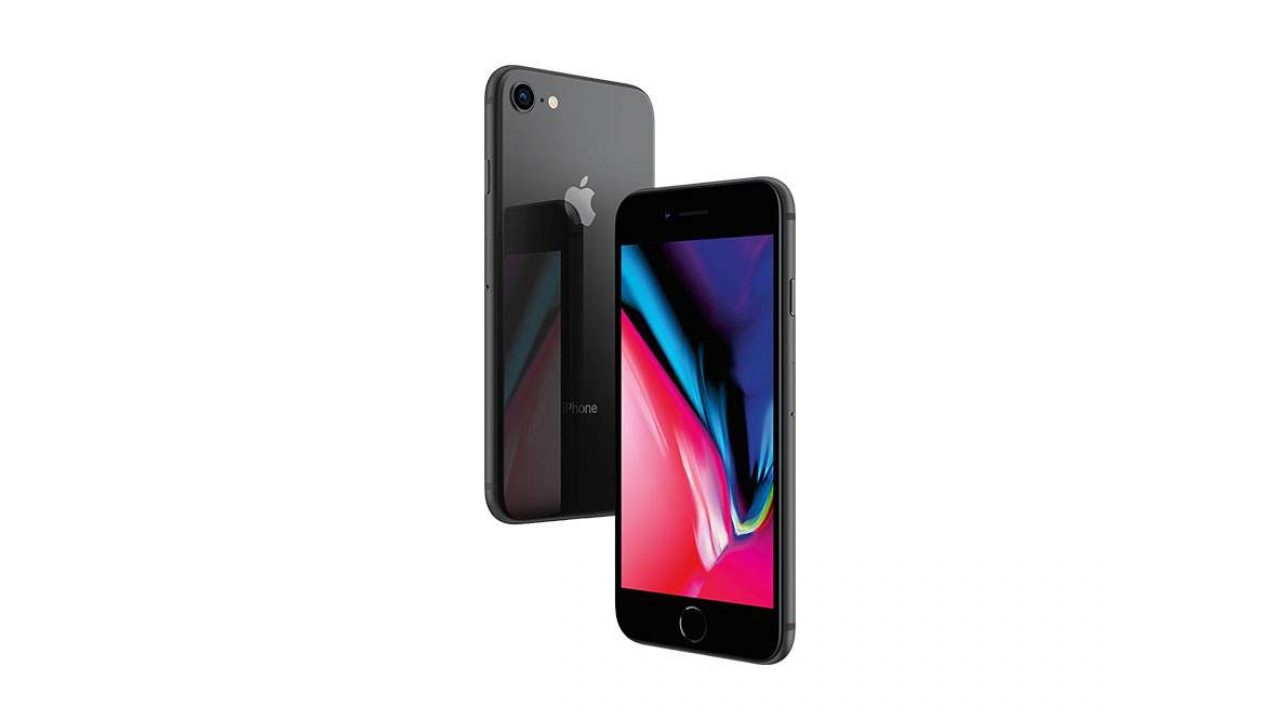
While the iPhone 7 and 8 are both overshadowed by newer models, they’re still excellent mid-range phones. If you’re an Apple fan in need of an affordable yet capable smartphone, both options should do the job perfectly well.
At first glance, both phones look almost identical. Therefore, let’s explore the similarities and differences between each model.
Size Comparison
When you look at the iPhone 7 and 8 side by side, you’d think that they were identical, size-wise. But that’s not really the case.
The iPhone 8 measures 138.4mm x 67.3mm x 7.3mm (5.45in x 2.65in x 0.29in) and weighs 148g (5.22 oz).
On the other hand, the size of the iPhone 7 is 138.3mm x 67.1mm x 7.1mm (5.44in x 2.64in x 0.28in), with a weight of 138g (4.87 oz).
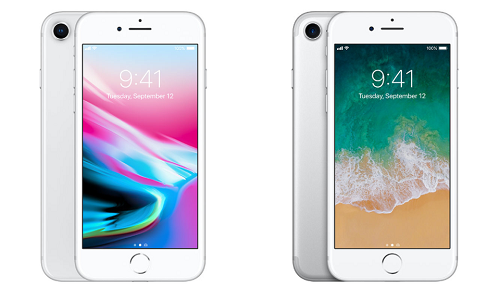
Obviously, you’d have to look very closely to notice this marginal difference. Also, the difference isn’t reflected in the screen size, as both models feature a 4.7” display with the same resolution of 1334 x 750 pixels. The 65.6% screen-to-body ratio also applies to both models.
So what’s behind this slight difference in size and weight?
Goodbye, Aluminum
The reason why the newer model is a bit heavier is the glass back. With the iPhone8, Apple ditched the once-famous aluminum build for durable glass, mainly for the purpose of adding wireless charging to the device. Since then, all new models featured an all-glass back.
Naturally, glass had to be much thicker to protect the phone, hence the difference in weight. It also made the iPhone 8 a bit thicker, but this is an almost unnoticeable difference. But if you look under the hood, so to speak, the difference between these two models becomes a bit more visible.
Fusion vs. Bionic
The iPhone 7 features Apple’s A10 Fusion chip. The “Fusion” technology basically means that the two high-performance cores can be used simultaneously with the two high-efficiency ones. From the user’s perspective, this means less battery drainage and faster performance.
With the iPhone 8, Apple took the chip to a whole new level. The A11 Bionic features two additional high-efficiency cores, which make more difference than you might think. Apple claimed that the two high-performance cores in the A11 are 25% faster than those in A10, with the high-efficiency cores being 70% faster than those in the A10 Fusion.
All math aside, reviews and real-life tests showed that A11 Bionic was more powerful than its older brother. But it’s not just about the speed.
Camera Brain Power
At first glance, the cameras in the iPhone 7 and 8 are exactly the same. Both phones feature the same 12-megapixel rear camera with an aperture of f/1.8 and OIS (Optical Image Stabilization). As for the front camera, it’s the familiar 7-megapixel one with f/2.2 aperture.
But the iPhone 8 is proof that numbers don’t matter much. More specifically, the A11 Bionic makes the iPhone 8 camera much more capable despite the same specs.
The A11 Bionic has an Image Signal Processor (ISP) build into it. ISP reduces noise, supports better pixel processing, and ensures snappier autofocus in low-light conditions. All of this contributes greatly to picture quality.
Honorable Mentions
Aside from the major differences that you saw above, there are a few other tricks up the iPhone 8’s sleeve that are worth mentioning.
Even though the display uses the same technology as the iPhone 7, it features the so-called True Tone function. It lets the screen of the iPhone 8 adapt to the surrounding light, ensuring more realistic and balanced color tones. It’s not really a feature that everyone loves, but it’s a useful, nice-to-have touch nonetheless.
Also, the iPhone 8 supports Dolby Vision, as well as HDR10. The latter allows a higher dynamic range, which is something that most music and video streaming services have added to their platforms.
As far as battery life goes, there’s not much difference between the two models. However, the iPhone 8 does support fast charging, allowing for up to 50% charge in just 30 minutes. Of course, you need to have the appropriate charger to make use of this.
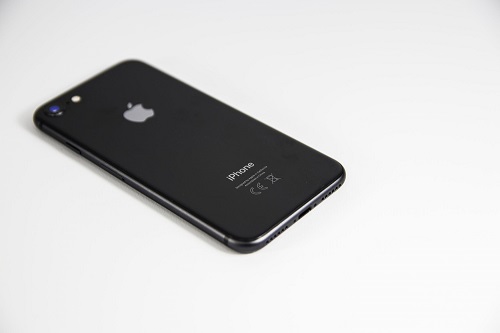
Same, but Different
As far as the size of the iPhone 7 and 8 goes, the naked-eye difference is pretty much invisible. If it wasn’t for the glass back, the same would apply to the design as well. The iPhone 8 marked the last year of the iPhone’s familiar design, after which Apple ditched it for a more modern all-screen look.
But as mentioned, the real difference between these two phones in on the inside. There’s no doubt that the iPhone 8 is superior in almost every area.
Have you had a chance to use either of these models? If so, go ahead and share your experiences in the comments section below.




